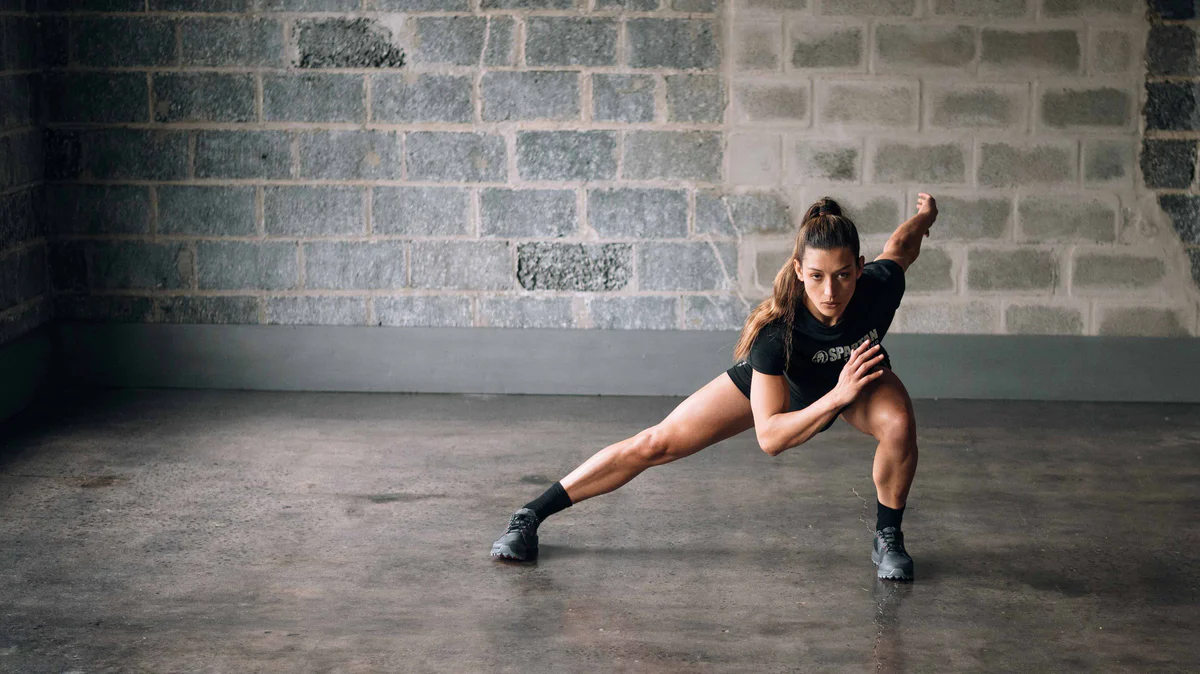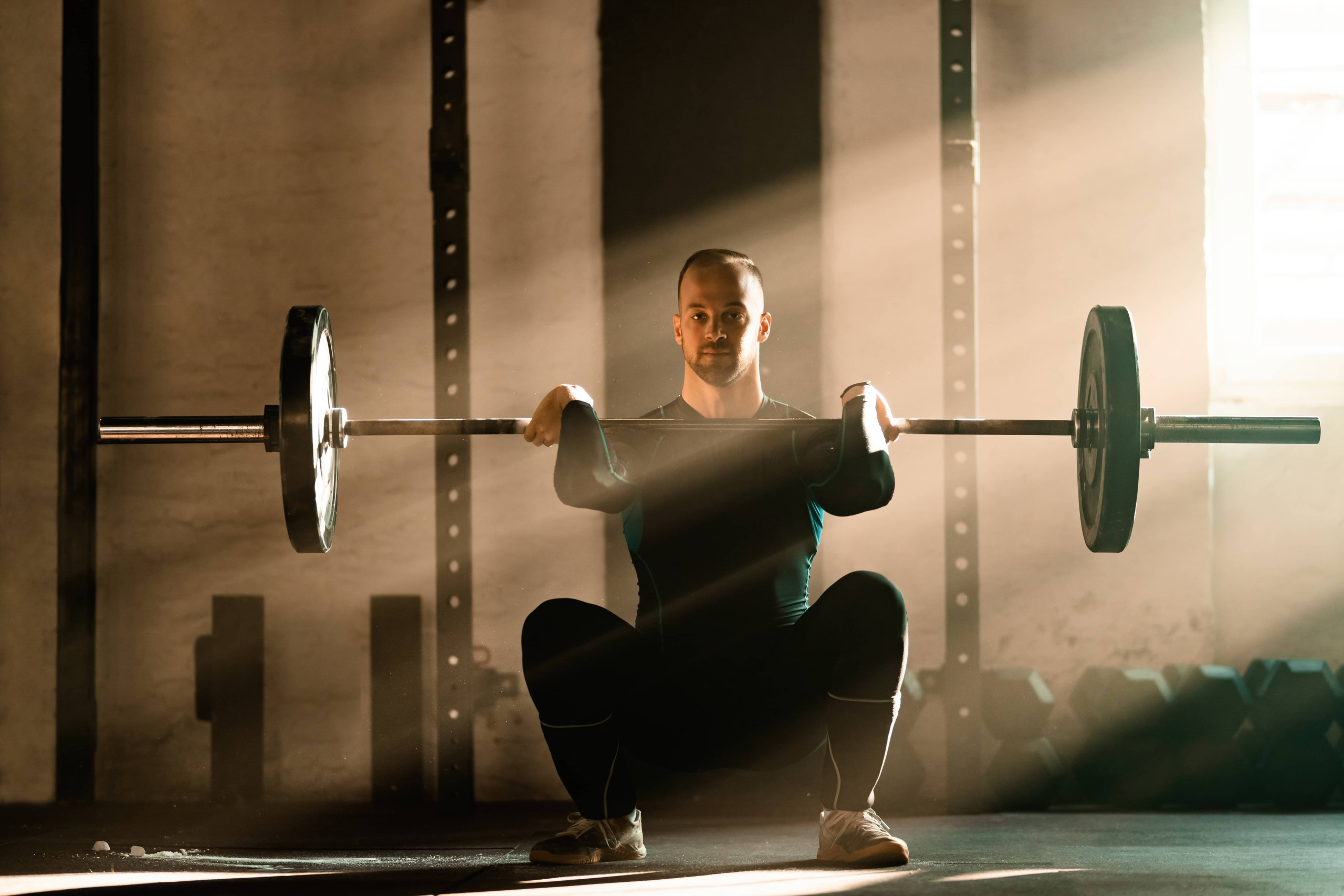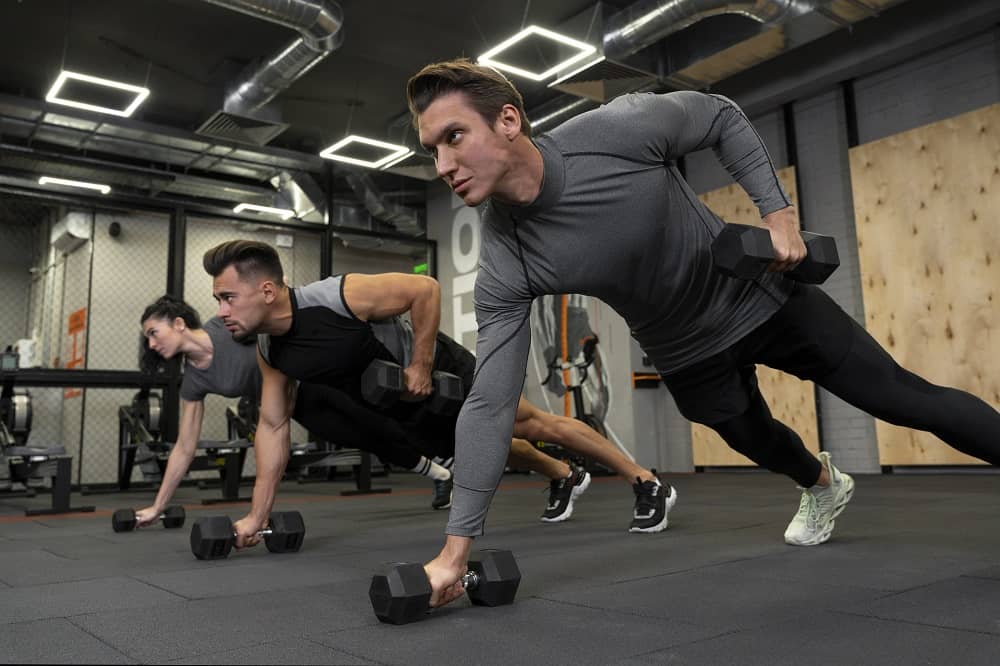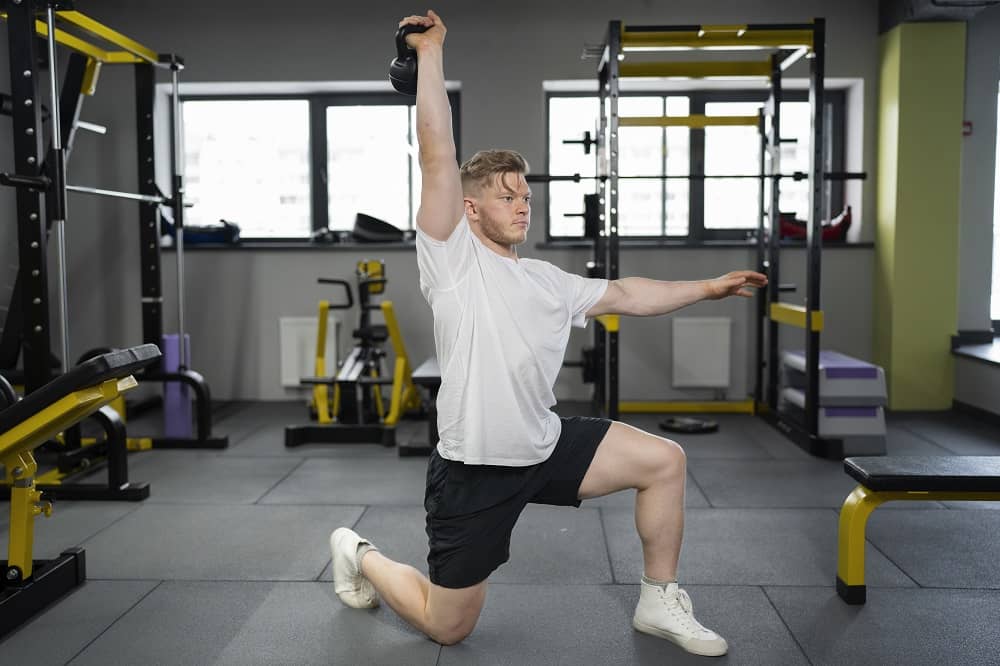by Mo Adams
Share
by Mo Adams
Share

Functional training has become a fundamental approach in fitness, emphasizing exercises that mimic real-life movements and enhance overall physical performance. Unlike traditional gym workouts that often focus on isolated muscle groups, functional training targets multiple muscle groups simultaneously, promoting strength, stability, and coordination. This holistic approach improves your body’s ability to perform daily tasks with ease and reduces the risk of injury.
At Crossfit golden valkyrie, we specialize in functional training programs that aim to build strength, endurance, and mobility for real-world activities. In this article, we’ll explore the benefits of functional training, why it’s essential for improving overall fitness, and how to incorporate it into your workout routine.
What is Functional Training?
Functional training refers to exercises that train the body to perform common daily movements with greater efficiency and strength. These movements include bending, lifting, twisting, pushing, and pulling, which are essential for everyday activities like lifting groceries, climbing stairs, or playing sports. By simulating the motions you perform in daily life, functional training helps improve muscle coordination, joint stability, and mobility.
Unlike traditional workouts that may focus on targeting individual muscle groups, functional training integrates multiple muscle groups to work together, providing a more efficient and functional workout. This type of training enhances your ability to move freely, with improved strength, balance, and flexibility.
Why is Functional Training Important?
Incorporating functional training into your workout routine has numerous benefits, both for athletic performance and for everyday activities. Here are some key reasons why functional training is essential for long-term health and fitness:
- Improved Overall Strength and Endurance
Functional training engages multiple muscle groups at once, which helps improve overall strength and endurance. Movements like squats, deadlifts, and kettlebell swings target the entire body, building strength in both large and small muscle groups. This type of training enhances muscle endurance, which is essential for maintaining physical performance during sports, exercise, and daily tasks. - Increased Joint Stability and Mobility
By focusing on compound movements that involve multiple joints, functional training helps improve joint stability and mobility. Exercises like lunges and step-ups activate the muscles surrounding the knees, hips, and ankles, enhancing their ability to stabilize the body. Improved joint stability reduces the risk of joint injuries, particularly during high-impact activities like running or jumping. - Better Balance and Coordination
Many functional training exercises, such as single-leg deadlifts, require balance and coordination. These exercises engage stabilizer muscles, improving proprioception (the body’s sense of position in space). By developing better balance and coordination, you can perform everyday activities like walking, running, or carrying objects with greater ease and less risk of injury. - Enhanced Core Strength
The core plays a central role in functional training. A strong core stabilizes the body during dynamic movements and is essential for maintaining proper posture and alignment. Functional training exercises such as planks, Russian twists, and kettlebell swings strengthen the muscles of the core, improving overall stability and performance. - Injury Prevention
One of the greatest advantages of functional training is its ability to reduce the risk of injury. By improving joint mobility, muscle coordination, and stability, functional training helps protect against injuries caused by poor posture, weak muscles, or lack of flexibility. Regular functional training improves muscle imbalances, increases joint health, and strengthens ligaments, tendons, and connective tissue. - Improved Everyday Movement
Functional training prepares your body for the physical demands of daily life. Whether it’s lifting a heavy box, bending over to tie your shoes, or picking up a child, functional training makes these activities easier and safer. By training your body to perform natural movements, you’ll experience increased mobility and flexibility in everyday situations, improving your quality of life.
Key Exercises in Functional Training
There are several key exercises in functional training that help improve strength, stability, and mobility. These exercises engage multiple muscle groups and improve functional movement patterns, making them highly effective for overall fitness and performance. Here are some of the best functional exercises to include in your workout routine:
1. Squats
Squats are one of the most fundamental functional training exercises that target the lower body, particularly the quads, glutes, hamstrings, and calves. Squats mimic the movement of sitting down and standing up, making them an essential exercise for improving leg strength and mobility.
How to do it:
- Stand with your feet shoulder-width apart and your toes slightly turned outward.
- Bend your knees and lower your hips as if you are sitting back into a chair.
- Keep your back straight, chest lifted, and knees behind your toes.
- Lower until your thighs are parallel to the ground, then return to standing.
2. Lunges
Lunges are excellent for developing strength in the legs, glutes, and core. This functional exercise mimics movements like walking, climbing stairs, and bending down, making it essential for daily activities.
How to do it:
- Stand with your feet hip-width apart.
- Take a step forward with one leg, lowering your hips until both knees are at a 90-degree angle.
- Push off the front foot to return to the starting position.
- Repeat on the other side.
3. Kettlebell Swings
Kettlebell swings are a dynamic functional training exercise that targets the entire body, with a focus on the hips, glutes, hamstrings, and core. This movement mimics the action of picking up and swinging an object, making it an excellent functional exercise for developing power, strength, and endurance.
How to do it:
- Stand with your feet slightly wider than shoulder-width apart, holding a kettlebell with both hands.
- Hinge at the hips, keeping your back straight, and swing the kettlebell between your legs.
- Explode through your hips, driving the kettlebell up to shoulder height.
- Let the kettlebell swing back down and repeat.
4. Turkish Get-Ups
The Turkish get-up is a complex functional training movement that strengthens the entire body, with an emphasis on core stability and shoulder mobility. It improves coordination, balance, and flexibility, making it a great exercise for enhancing functional strength.
How to do it:
- Lie on your back with a kettlebell in one hand, keeping the arm extended straight up.
- Use your free hand to support your body as you roll onto your side and press the kettlebell overhead.
- Engage your core and push through your legs to rise to a standing position.
- Reverse the movement to return to the starting position and repeat.
5. Push-Ups
Push-ups are a classic functional training exercise that targets the chest, shoulders, arms, and core. This bodyweight movement mimics the pressing motion, which is important for pushing objects or getting up from the ground.
How to do it:
- Start in a plank position with your hands placed slightly wider than shoulder-width apart.
- Lower your body toward the ground, keeping your elbows at a 45-degree angle.
- Push through your palms to return to the starting position.
Also Read: CrossFit Workouts
How to Incorporate Functional Training into Your Routine
Incorporating functional training into your fitness routine can significantly improve overall strength, stability, and mobility. Here’s how to integrate these exercises into your workouts effectively:
1. Start with Compound Movements
Begin with exercises that work multiple muscle groups simultaneously, such as squats, lunges, kettlebell swings, and push-ups. These compound movements are the foundation of functional training and help build strength and mobility in the major muscle groups.
2. Include Core Stability Exercises
Core exercises such as planks, Russian twists, and dead bugs are essential for improving stability and balance. A strong core is the key to performing functional movements safely and efficiently.
3. Combine Strength and Cardio
For a complete functional training workout, combine strength exercises with cardiovascular movements. High-intensity interval training (HIIT) is an excellent way to improve strength and endurance while also boosting metabolism.
4. Focus on Flexibility and Mobility
Incorporate stretching and mobility exercises into your routine to improve flexibility and joint health. Dynamic stretching before workouts and static stretching afterward are key for maintaining optimal movement patterns.
Conclusion
Functional training is an effective approach to improving strength, stability, mobility, and overall physical performance. By focusing on movements that mimic real-world tasks, functional training helps you perform everyday activities with ease, reduces the risk of injury, and enhances your overall fitness. Whether you’re looking to build strength, improve mobility, or increase cardiovascular endurance, functional training is the key to achieving these goals.
At CrossFit Golden Valkyrie, we offer specialized functional training programs that cater to all fitness levels. Our expert trainers will guide you through exercises that target multiple muscle groups, ensuring you develop strength, stability, and mobility in a safe and effective manner.
FAQs
1. Can functional training help with injury prevention?
Yes, functional training strengthens muscles, improves joint mobility, and enhances balance, which significantly reduces the risk of injury during physical activities.
2. How often should I incorporate functional training into my routine?
For optimal results, aim for at least 2-3 functional training sessions per week, combining strength exercises, cardiovascular training, and flexibility work.
3. Is functional training suitable for beginners?
Absolutely! Functional training can be adapted to suit all fitness levels. Beginners should start with basic exercises and gradually progress as they build strength and confidence.
STAY IN THE LOOP
Subscribe to our free newsletter.
At CrossFit Golden Valkyrie, we believe in empowering you with strength workouts that transform your body and mind. Resistance training, the foundation of true strength, involves challenging your muscles with various activities – from lifting weights to mastering bodyweight exercises. Think of it as forging your own resilience, one rep at a time. Key compound exercises like
At CrossFit Golden Valkyrie, whether you’re just starting your fitness journey or looking to enhance your results, a well-rounded fitness training plan is essential for reaching your goals. To create a balanced routine, incorporate these five key elements into your fitness training program: 1. Aerobic Fitness Aerobic activity, also known as cardio, forms the foundation
At CrossFit Golden Valkyrie, we believe nothing compares to a solid session of exercises for functional strength. The rush of lifting heavy loads and pushing through high-volume reps brings a sense of power and fitness like no other. No matter your athletic background or fitness level, exercises for functional strength are key to enhancing physical
At CrossFit Golden Valkyrie, we believe that true fitness isn’t just about lifting heavy or running fast; it’s about building a body that moves well, feels good, and stays active for a lifetime. And at the heart of that philosophy lies the critical importance of joint health and mobility. Many people, as they age or push




